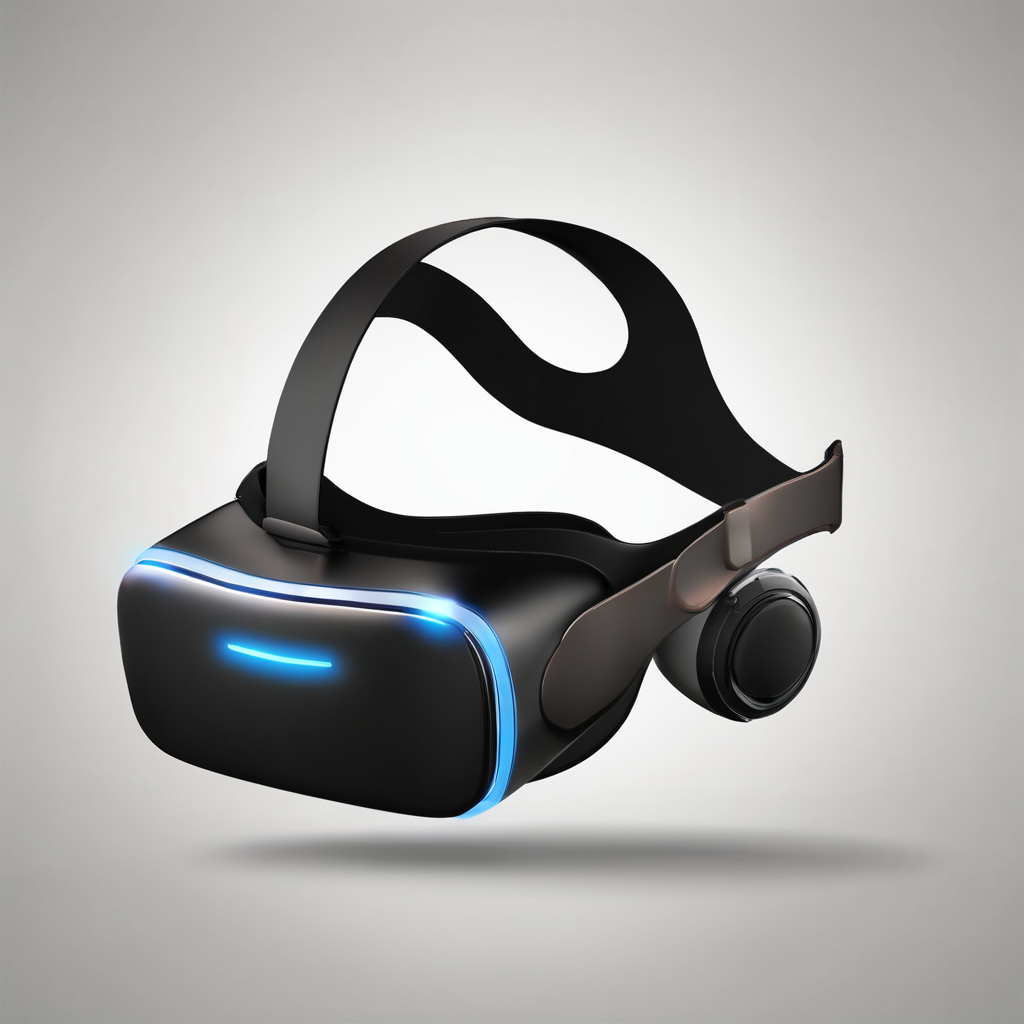Urban simulation games like Cities: Skylines have gained immense popularity due to their engaging gameplay and educational value. A critical component of these games is creating realistic traffic systems that emulate real-world conditions. Achieving this involves integrating complex variables such as traffic congestion, vehicle flow, and driver behavior. Let’s delve into the best practices for implementing realistic traffic systems in urban simulation games.
Modeling Realistic Traffic Flow
When you aim to simulate traffic flow in a game, the models you choose profoundly affect realism. The design of a traffic simulation model should reflect real-world dynamics and be supported by robust data.
Also read : How can developers use AI to generate realistic crowd reactions in sports simulation games?
Traffic Flow Models: At the core, using traffic flow models that emulate the movement and interaction of vehicles on roads ensures authentic simulations. For instance, agent-based models, which simulate individual drivers and vehicles, can provide a more granular view of traffic dynamics. These models take into account different driving behaviors and reactions to traffic lights, lane changes, and congestion.
Data Integration: Incorporating real-time data sources, such as traffic cameras or sensors, can enhance the accuracy of your traffic system. Google Scholar and other academic resources might offer valuable datasets or frameworks. These data sources allow you to simulate traffic patterns dynamically, reflecting real-world conditions more closely.
Topic to read : How can developers leverage facial recognition technology for personalized gameplay experiences?
Predictive Analysis: Implementing predictive analysis techniques enables you to foresee traffic congestion points and adjust your traffic management strategies accordingly. For example, the decision-making process of a driver when faced with slow-moving traffic can be simulated to predict and mitigate congestion.
Enhancing Traffic System Components
To create a comprehensive and realistic traffic system, you must focus on various components, such as traffic lights, road design, and lane changing behavior.
Traffic Lights and Signals: Effective traffic signals are pivotal in managing urban traffic. Accurate timing of green lights and synchronization can greatly reduce congestion. Simulating responsive traffic lights that adapt to real-time conditions can mimic modern urban traffic management systems.
Road Design: The design of roads, including the number of lanes, intersections, and lane change areas, plays a significant role in traffic flow. Offering a range of road types and configurations gives players the tools to manage traffic efficiently. Simulating lane changing behavior that reflects real-world dynamics, such as drivers switching lanes to avoid congestion, adds a layer of realism.
Vehicle Diversity: Integrating a variety of vehicles, from cars to buses and bikes, each with unique characteristics and behaviors, enhances the complexity and authenticity of the traffic system. This diversity impacts the overall flow and requires different management strategies.
Real-Time Traffic Management and Decision Making
A robust traffic simulation model must include real-time management tools and enable decision making based on real-world scenarios.
Adaptive Systems: Implementing adaptive traffic systems that react to congestion and changing traffic patterns is essential. These systems can adjust traffic light timing, redirect vehicles, or open additional lanes during peak times. The ability to respond to real-time data ensures a dynamic simulation.
Scenario Testing: Allowing players to test different traffic management scenarios, such as the impact of new road constructions or closing a lane, provides a practical understanding of urban traffic systems. This feature can be educational, helping players learn effective strategies for managing congestion.
Predictive Modeling: Integrating predictive models that forecast traffic conditions based on current data allows for proactive management. For example, if a particular road is prone to congestion during specific times, the system can preemptively suggest alternative routes.
Unity and Realism in Traffic Simulations
To achieve unity and coherence in traffic simulations, the integration of multiple systems and variables is crucial. This ensures that the traffic system operates in a realistic and seamless manner.
System Integration: Combining various elements such as weather conditions, time of day, and special events can create a more immersive simulation. For example, adverse weather can slow down traffic flow, while a sporting event can lead to temporary congestion.
User Interface: A clear and intuitive user interface that presents traffic data and management tools can enhance the player experience. Visualizations of traffic flow, congestion points, and driver behavior help players make informed decisions.
Feedback Mechanisms: Providing feedback on the effectiveness of traffic management strategies can guide players in optimizing their approaches. For example, showing the reduction in congestion or improvements in traffic flow after implementing a new strategy can be motivating and educational.
Leveraging Academic Research and Tools
To develop a realistic traffic system, leveraging academic research and tools is beneficial. Resources like Google Scholar and Scholar CrossRef can provide valuable insights and frameworks.
Academic Models: Using validated academic models ensures that your simulations are grounded in proven theories. Research on traffic congestion, driver behavior, and traffic flow models can offer a solid foundation for your simulation.
Software Tools: Utilizing software tools and frameworks used in academic research can enhance the accuracy and efficiency of your traffic system. For example, tools for predictive analysis and real-time data integration can streamline the development process.
Collaboration with Experts: Collaborating with traffic engineers and urban planners can provide practical insights and suggestions. These experts can help identify potential issues and recommend solutions based on real-world experience.
Creating a realistic traffic system in urban simulation games involves careful consideration of various factors, from traffic flow models and real-time management tools to academic research and practical components like traffic lights and road design. By incorporating these best practices, you can develop a traffic system that not only enhances the gameplay experience but also educates players about the complexities of urban traffic management.
Understanding the intricacies of traffic systems and leveraging advanced models and real-time data can lead to more authentic and engaging simulations. Whether you’re a game developer or an avid player, these insights can help you appreciate the challenges and solutions involved in managing urban traffic. By adhering to these best practices, your urban simulation game can offer a realistic and educational experience that stands out in the market.











